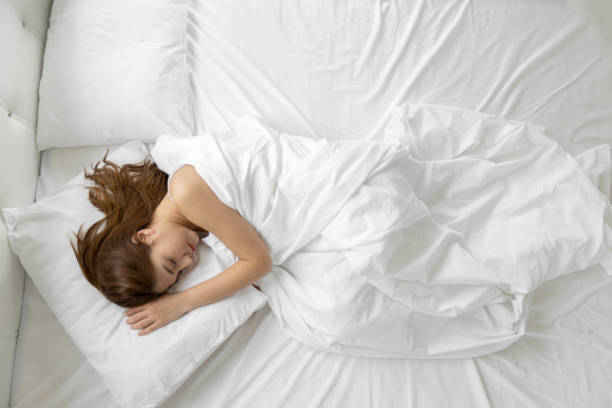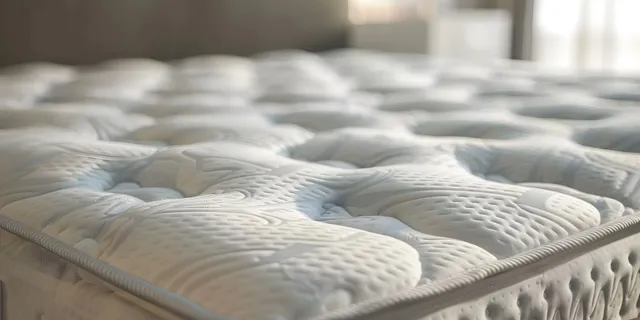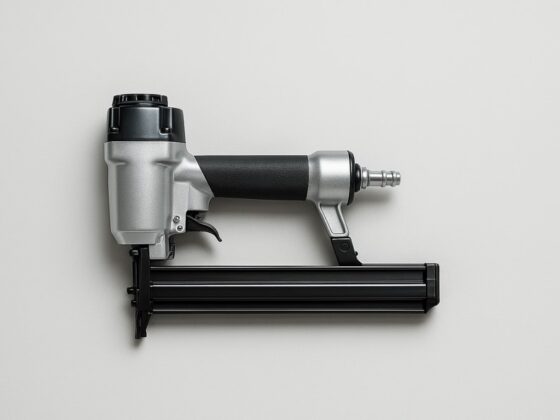When it comes to creating the perfect bedroom, many people start with paint colors, curtains, or decor accents. But the truth is, a dreamy bedroom begins with one essential piece—your mattress.
Choosing the right type of mattress for your sleep style isn’t just about comfort; it’s the foundation of your sleep quality, your posture, and even your mood throughout the day.
Whether you’re a side sleeper who craves cushioning or a back sleeper needing firmer support, understanding your unique sleep needs will help you design a bedroom that doesn’t just look beautiful—it feels heavenly too.
Why Your Sleep Style Matters

Everyone has a natural way of sleeping. Some of us curl up like cats on our sides, while others lie flat on their backs or stomachs.
Each of these positions places different pressures on your spine, hips, and shoulders. That’s why your sleep style should guide your mattress selection—it can be the difference between restless nights and restorative rest.
Let’s explore the key sleep positions and what they mean for mattress choice:
Side Sleepers
Side sleepers need a mattress that cushions pressure points, especially around the shoulders and hips. A medium-soft to medium-firm mattress usually works best.
Memory foam or hybrid mattresses are popular options for side sleepers because they contour to the body’s curves while still offering support.
Back Sleepers
If you sleep on your back, your body weight is distributed more evenly. You’ll want a mattress that keeps your spine aligned without sinking too much.
A medium-firm mattress is typically ideal. Look for materials that provide both support and gentle contouring, like latex or high-density memory foam.
Stomach Sleepers
Stomach sleepers need a firmer surface to prevent their hips from sinking too low, which can strain the lower back.
A firm mattress that offers solid support is crucial. Innerspring mattresses or firm hybrid designs are great picks for this sleep style.
The Impact of the Right Mattress on Sleep Quality

A mattress isn’t just a flat surface—it’s a sleep solution tailored to your body. The wrong one can lead to aches, poor posture, and even insomnia.
The right one supports your alignment, distributes weight evenly, and keeps you cool through the night.
In fact, many sleep specialists agree that poor mattress quality is one of the top contributors to chronic sleep problems.
Choosing a mattress that suits your sleep style can improve circulation, reduce nighttime tossing and turning, and help you wake up feeling truly refreshed.
How Mattress Types Affect Comfort and Design
The type of mattress you choose will not only affect how you sleep but also the look and feel of your bedroom.
Memory Foam Mattresses
Known for their contouring and motion isolation, memory foam mattresses are great for sleepers who want pressure relief. They can have a sleek, modern look and are often compatible with minimalist bed frames or platform beds.
Innerspring Mattresses

Traditional and reliable, innerspring mattresses offer bounce and support. They work well in classic or vintage bedroom themes where a box spring base or tufted headboard fits the style.
Hybrid Mattresses
A combination of foam and coils, hybrid mattresses balance comfort and support. These are versatile enough to work with both contemporary and transitional bedroom designs.
Latex Mattresses
Made from natural or synthetic latex, these mattresses are breathable and durable. Their natural aesthetic pairs beautifully with eco-friendly or Scandinavian-style bedrooms.
Designing Around Your Mattress

Once you’ve chosen the perfect mattress for your sleep style, it’s time to build your bedroom design around it.
Bed Frame and Headboard
Your bed frame should complement the height and flexibility of your mattress. Memory foam and latex mattresses work best on solid or slatted platforms, while innerspring designs may benefit from a box spring.
Headboards can set the tone for your bedroom—whether you go for a plush upholstered style or a simple wood frame, ensure it doesn’t overwhelm your mattress in terms of height and scale.
Bedding and Linens
The mattress you choose affects the type of bedding that will feel best. A plush memory foam bed pairs well with breathable, moisture-wicking sheets like bamboo or cotton.
Firmer mattresses may feel cozier with quilted mattress pads and softer linens.
Choose a color palette that reflects your mood and lifestyle. Neutrals and pastels promote calm, while bold hues can energize your space.
Lighting and Accessories

Good lighting enhances your sleep environment. Layer overhead lights with bedside lamps for reading. Smart bulbs that dim on a schedule can help regulate your circadian rhythm.
Add accessories that support your wellness—diffusers, blackout curtains, or even sound machines can turn your bedroom into a retreat.
Bonus Tips for a Sleep-Optimized Bedroom
- Keep tech out: Try to keep screens out of the bedroom or set a digital curfew.
- Control temperature: A cooler room (around 65°F/18°C) is ideal for sleep.
- Declutter: A tidy bedroom reduces mental stress and helps you wind down.
Final Thoughts
A dreamy bedroom doesn’t start with the walls or the decor—it starts with you and how you sleep.
By focusing on your sleep style and selecting the right type of mattress, you create a space where beauty meets function.
Whether you’re building your perfect sanctuary from scratch or simply upgrading your mattress, your bedroom should be a personal haven—a space where comfort, design, and restful sleep come together effortlessly.
Sweet dreams start with smart choices. So take your time, understand your sleep habits, and make the mattress your top priority when designing the bedroom of your dreams.


